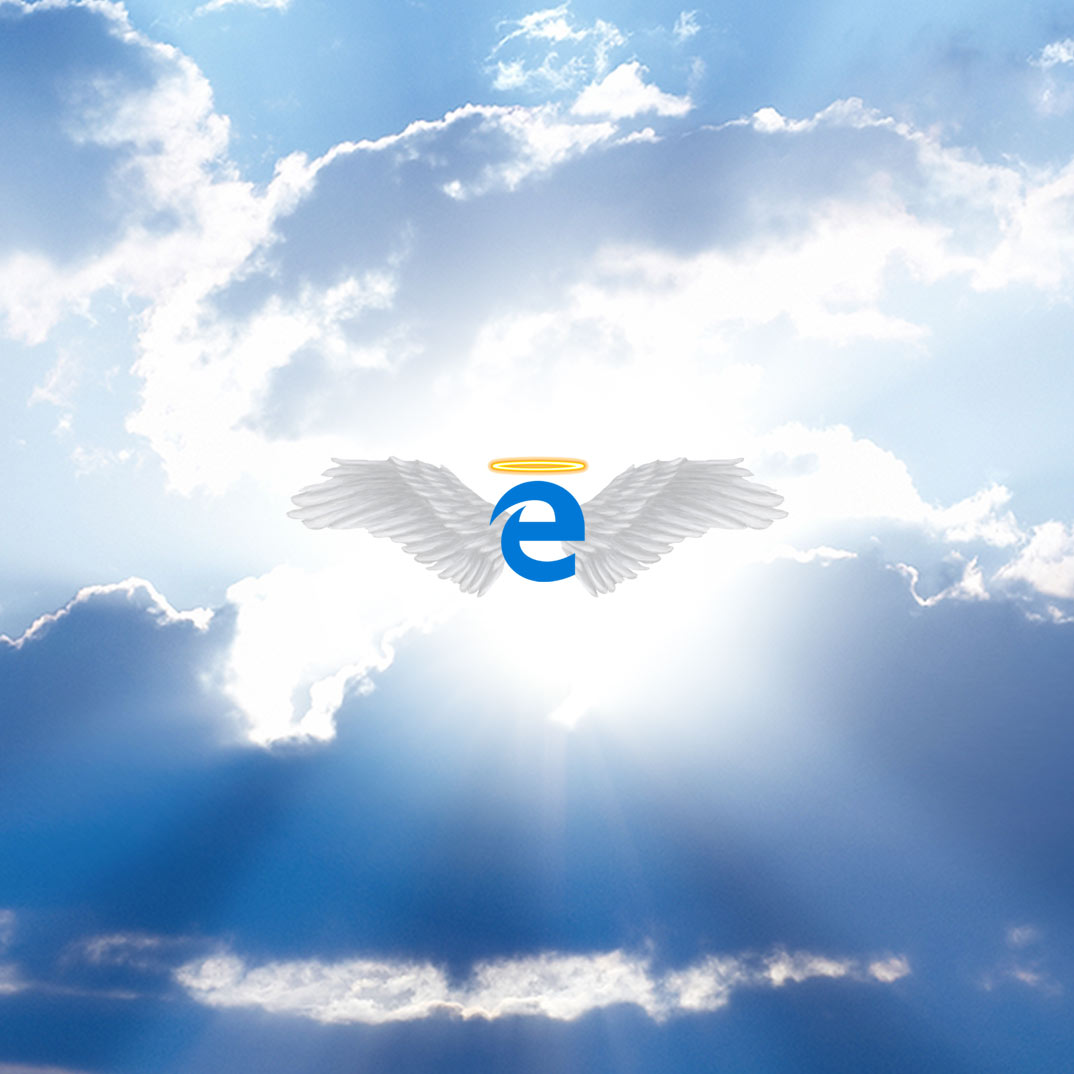
Internet Explorer was the web browser that opened the gates for the web for most people during the early days of the internet.
Later, the company unveiled the Edge browser back in 2015, codenamed Project Spartan. At that time, It was the beginning of the end for the Internet Explorer brand.
And later, Microsoft started encouraging users to stop using the old browser, Microsoft also started phasing out Internet Explorer, in order to pass the responsibility to the early version of Edge. Since then, Microsoft started working on killing off Internet Explorer usage and support for years.
But that was even before Microsoft switched the EdgeHTML-powered Edge by giving it an upgrade to Chromium.
Microsoft did this because open web standards and newer browsers in the market have enabled better and more innovative online experiences. Its Internet Explorer and the legacy Edge are two products that couldn't simply keep up.
With its heavy marketing, Microsoft wants the newer Chromium-powered Edge to replace them all. And with that in mind, Microsoft is certain that usage of its Internet Explorer and the original Edge will drop.
In the late 2020, Microsoft has set the death dates for the two browsers.
And the first that Microsoft is killing, is the legacy Edge browser.
Just as planned, Microsoft stops supporting the legacy Microsoft Edge on March 9th, 2021.
Without support, the browser shall no longer receive security updates, which can also result in users having degraded experience. This, in order to make wat for the Chromium-powered Edge.
"Nearly two years ago, we started working on the new Microsoft Edge, listening to our customers’ needs for world-class compatibility (including legacy app support), security, privacy, easy and unified manageability, and productivity. The result is a whole new Microsoft Edge from the inside out: a browser built on the Chromium open source engine with the latest in Microsoft enterprise capabilities," wrote Microsoft on its blog post.
"Now that we’ve shipped the new Microsoft Edge, and upgraded most of our Windows 10 customers to the new browser, we’re ending support for the Microsoft Edge Legacy desktop app on March 9, 2021."
Microsoft touted the Chromium Edge as its "best expression of a modern browser," and that it is "excited for customers to experience it."
This is why Microsoft promises that its Chromium-based Edge browser has "world-class performance", "more privacy and control", and is a better alternative to its biggest competitor that is no other than Google Chrome.
With its huge push, Microsoft managed to quickly surge Edge browser's popularity to surpass Mozilla Firefox, to reach the number two position behind Chrome.

The death of Legacy Edge is bitter, but also sweet at the same time.
The Chromium-powered Edge is vastly superior, more capable, and much more reliable. This makes it useless for Microsoft to maintain both browsers. And with the death of Legacy Edge, Microsoft is putting the final nail in the coffin of Microsoft’s custom web-rendering engines, the history of which stretches back to early versions of Internet Explorer.
This is like the end of an era.
While Microsoft is also killing Internet Explorer, which is planned to happen on August 17th, 2021, enterprise users can enjoy extended support.
Microsoft outlined that it is “respecting investments” in Internet Explorer 11, and offers those users the new Internet Explorer legacy mode in the Chromium-based Microsoft Edge browser.
After all, Microsoft may require more time to pry those enterprise users away from Internet Explorer 11.